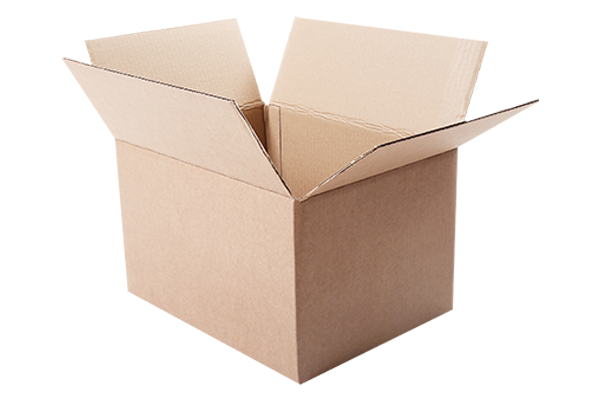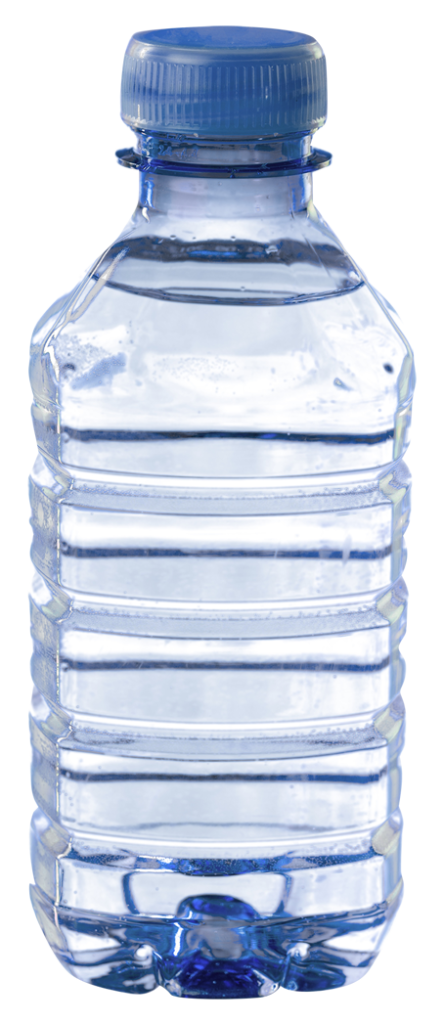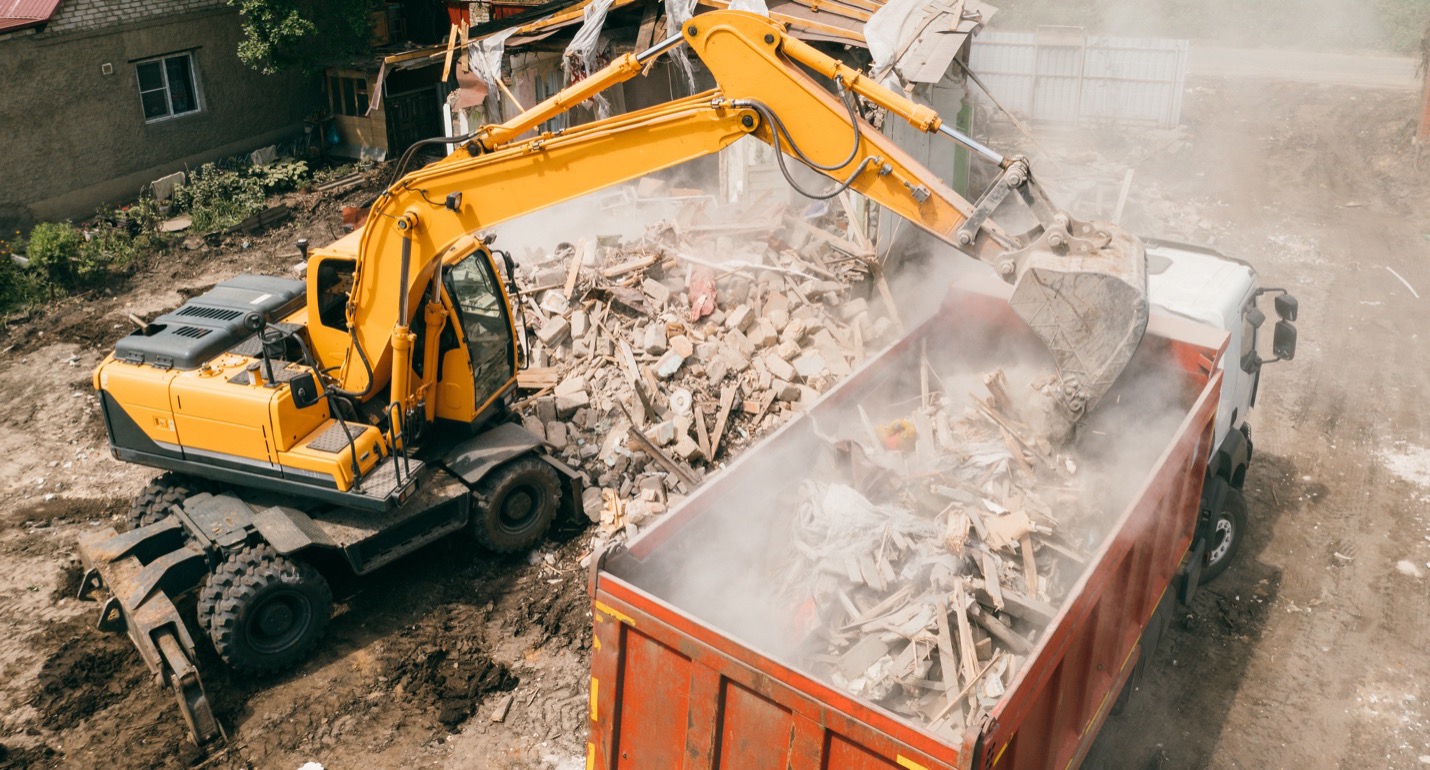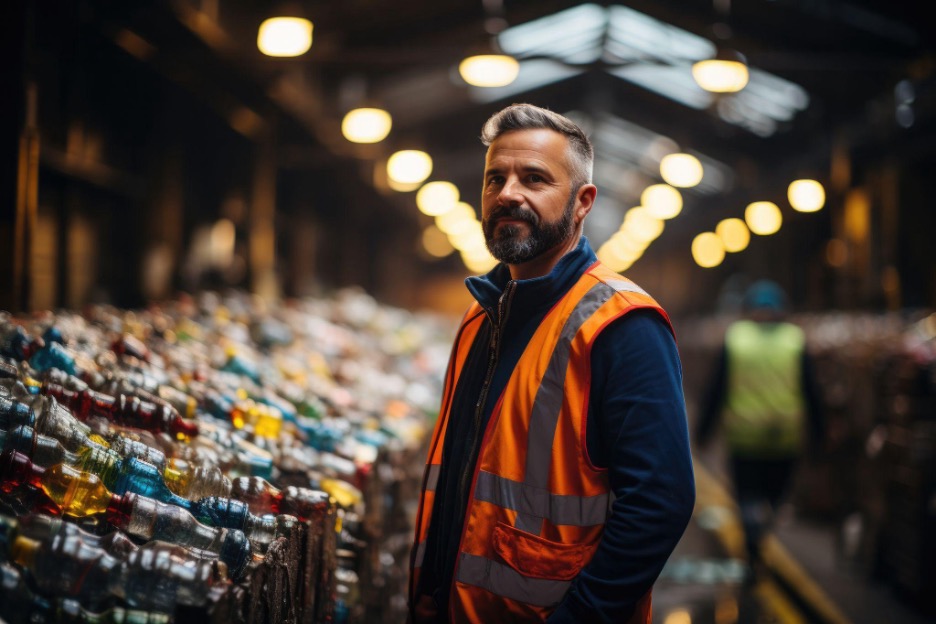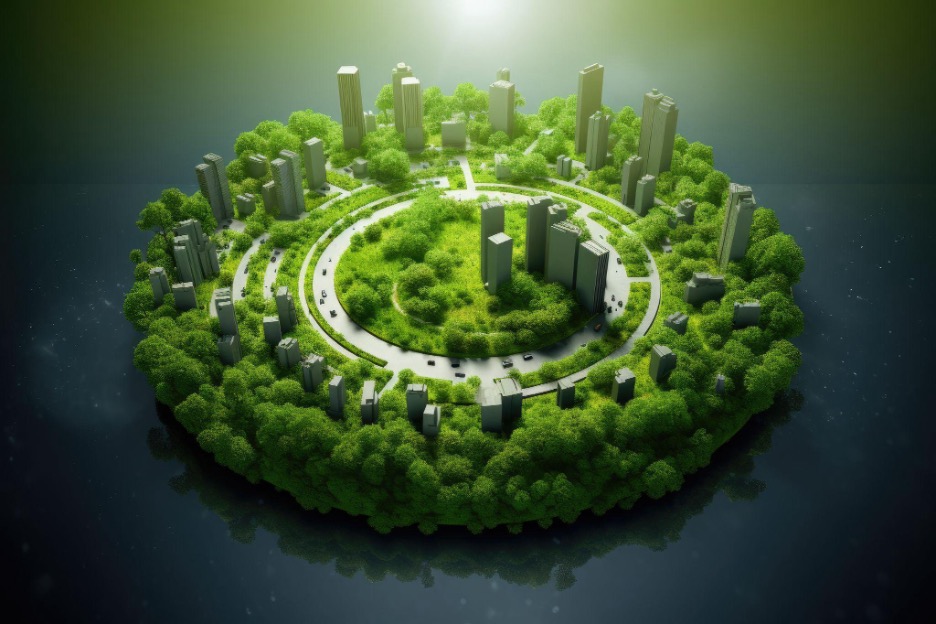IN THE BEGINNING EVERYTHING WAS RECYCLED
When you think of early history, about 300,000 years ago, we were pretty good at recycling. Of course life was about subsistence living, so whatever resources one was able to get hold of, just about every bit of it was used or “recycled”. Animal bones would become tools, rocks would be sharpened into spear points, the stems of reeds might become rough baskets for carrying things, and clay was used to make cups and bowls and containers. Between the dawn of homo sapiens and now, we have gone from all natural and “recyclable” materials to a throw-away economy and then back to realizing the need to reduce waste and make better use of our “trash”.
GOOD REASON NUMBER ONE: ENERGY USE
We all realize intuitively that just throwing away our trash willy-nilly for someone else to deal with is not being a good neighbor or good to our environment in the long run. But to put a finer point on it, let’s delve into the actual nuts and bolts consequences of not recycling, starting with energy balance. Going back to our primitive human model, all of the energy that was used forming and firing a clay drinking cup was contained within that vessel. If it broke, all that energy had to be invested again to make a new one.
Today a broken drinking glass is tossed in the trash and a new set-of-four is ordered online to be delivered in a day or two. Just think of all the energy contribution it has taken to manufacture, package, and ship those new glasses to your home. Glass happens to be a good example, because it is 100% recyclable with no loss of purity or quality. Of course, window glass needs to be recycled to more window glass, and beverage glass to more beverage glass, but in most cases up to 95% of glass products can be recycled to new glass. And for every 10% of recycled glass used in that new glass saves up to 3% of the energy of manufacture. Unfortunately only about 33% of all glass food and beverage containers are actually being recycled meaning that the remaining 2/3rds of glass in circulation is new glass.
REASON NUMBER TWO: IT HELPS THE ENVIRONMENT
Have you every driven the freeway just behind a pickup truck and seen coffee cups, plastic wrappers, and plastic drink bottles flying out of the truck bed occasionally as it drives down the road? It turns out that all of that stuff will likely migrate to the lowest local spot, a nearby creek or other waterway and it will be carried further into the environment with every storm that whips up the wind, rain or snow. Curious animals may end up ingesting something harmful, like a plastic bag – mistaking it for food. There’s not much you can do from behind the pickup truck, but there is a lot that your can do to set a good example for others. Especially if you have kids. Make a point of having a pick-up party when you see trash in your neighborhood or nearby parks. Walk your block every now and then with a paper bag and pick up trash that has ended up in the street or near sidewalks. Believe me, people will get the message. As a long-time “picker upper” I hear a welcome “Thanks” whenever I’m on patrol.
REASON NUMBER THREE: LANDFILLS
Landfills are the classic, “out of sight, out of mind.” Shown on the right is the cross section of a landfill that might be constructed based on the standards used today. Older landfills did not necessarily follow this scheme and are dealing with leachate (liquid waste), odors and gas.
What is most striking is all the other layers of protection that must go below and above the waste layers in order to control any leachate (liquid waste), potential erosion by wind or rain, scattering of litter in the wind, protection against scavengers (raccoons, gulls, etc.), and containment of odor and any gas generated from decomposition of organic material. Just imagine all of the cost to build and maintain this structure including huge impermeable membranes, compacted clay, a drainage system with pumps, and preparation of the native soil.
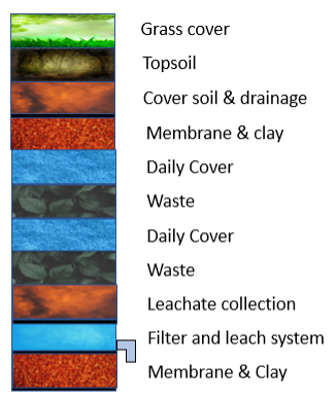
There are 2,633 landfills listed in the US, plus some small city-sized Municipal Solid Waste (MSW) landfills. The EPA estimates that 55% of all garbage in the US currently ends up in landfills with 30% recycled or composted and the rest is burned or taken care of in some other way. Considering that in the early 1900’s the practice of disposal consisted of dumping waste in the nearest river, we’ve certainly made some positive headway. Nonetheless landfill sites are not designed to decompose the waste, just to contain it. As a result most of the gas produce by a landfill site is methane which is a very potent greenhouse gas, but could be effectively burned for heat and or conversion to fuel. More recycling reduces pressure on landfills.
REASON NUMBER FOUR: PLASTICS
Where to start with plastics? They are a unique problem.  On earth day 1970, a new recycling symbol was introduced to the public to gain awareness of the need to recycle. It was intended originally for paper and cardboard. In 1988 the American Society of the Plastics Industry added in a resin code to the symbol (a number from 1 to 7) to indicate the predominate plastic in the part. This gave the impression that all plastics with a recycle symbol on them were easily recycled. In fact the codes roughly indicate the ease with which the plastic can be recycled with 1 being the easiest and 7 the hardest and possibly not at all. This has lead to a lot of confusion. To simplify, the resin code 1 is one of the most prevalent, it is used for bottled water and other beverages, it is the most easily recycled, and only about 30% of those plastic bottles are getting recycled. So the easiest thing to do, until somebody figures out a better way to deal with the higher number resin codes, is just make sure that every beverage bottle you discard, or find on the ground ends up in a recycle bin somewhere. That alone will make a huge difference reducing the size of landfills. And each recycled bottle saves about 80% of the energy needed to manufacture a new one. [Note some cities are set up to handle plastics with other resin codes, but you will have to check with your local municipality to see if they can do anything with those higher-numbered codes.]
On earth day 1970, a new recycling symbol was introduced to the public to gain awareness of the need to recycle. It was intended originally for paper and cardboard. In 1988 the American Society of the Plastics Industry added in a resin code to the symbol (a number from 1 to 7) to indicate the predominate plastic in the part. This gave the impression that all plastics with a recycle symbol on them were easily recycled. In fact the codes roughly indicate the ease with which the plastic can be recycled with 1 being the easiest and 7 the hardest and possibly not at all. This has lead to a lot of confusion. To simplify, the resin code 1 is one of the most prevalent, it is used for bottled water and other beverages, it is the most easily recycled, and only about 30% of those plastic bottles are getting recycled. So the easiest thing to do, until somebody figures out a better way to deal with the higher number resin codes, is just make sure that every beverage bottle you discard, or find on the ground ends up in a recycle bin somewhere. That alone will make a huge difference reducing the size of landfills. And each recycled bottle saves about 80% of the energy needed to manufacture a new one. [Note some cities are set up to handle plastics with other resin codes, but you will have to check with your local municipality to see if they can do anything with those higher-numbered codes.]
REASON NUMBER FIVE: SAVE (OR MAKE) SOME MONEY
It is possible to generate a revenue stream at almost every level of recycling: from an individual, to a small business to a large business. This is especially true if you live in one of the states that have authorized a deposit rebate for beverage containers. A typical example is where each clean plastic, glass or aluminum beverage container less than 24 ounces is worth $0.05 each. Those containers that are more than 24 ounces garner a $0.10 bounty per container. Of course containers must not be intermingled and some recycle centers have a daily limit (if you are measuring by count, rather than weight) of something like 50 units. It may not seem like much but if you were able to come up with 50 of each container type smaller than 24 ounces once a week, then you could pocket nearly $400 a year. If you are a small to medium sized business you may already generate this level of recyclables and $400 might just pay for a pizza party at the end of the year to reward everyone for helping to keep our landfills from filling so quickly. It has been shown that states that have instituted these “rewards” for recycling have a recycle rate about twice that of states that don’t offer a reward. So if you really want to make a difference, lobby your local congress to institute a rewards program for recycling.
To learn more about Evergreen Recycling and their recycling and waste management programs visit their web site at https://evergreen-recycling.com/plastics-recycling/
You can also reach out to them directly through this contact link https://evergreen-recycling.com/contact/
or give them a call at (817) 293-4400

